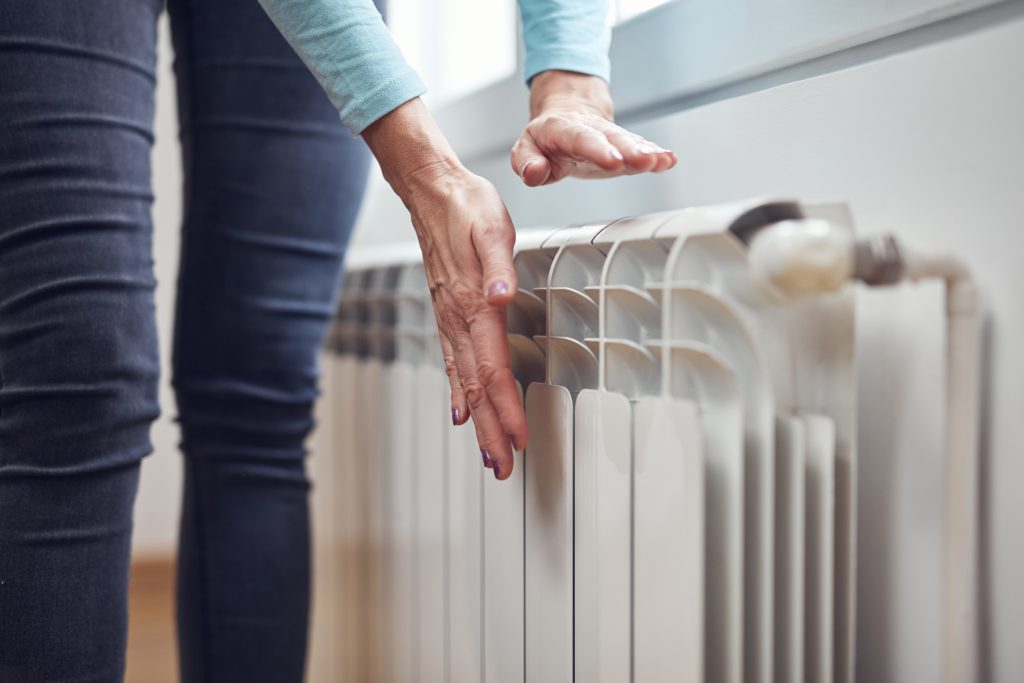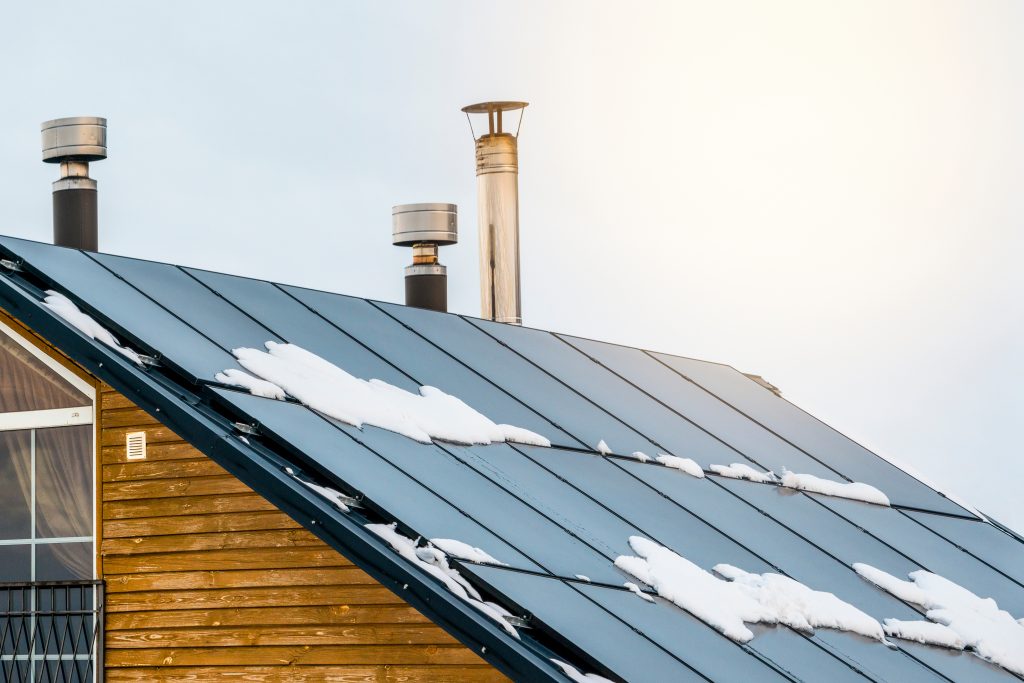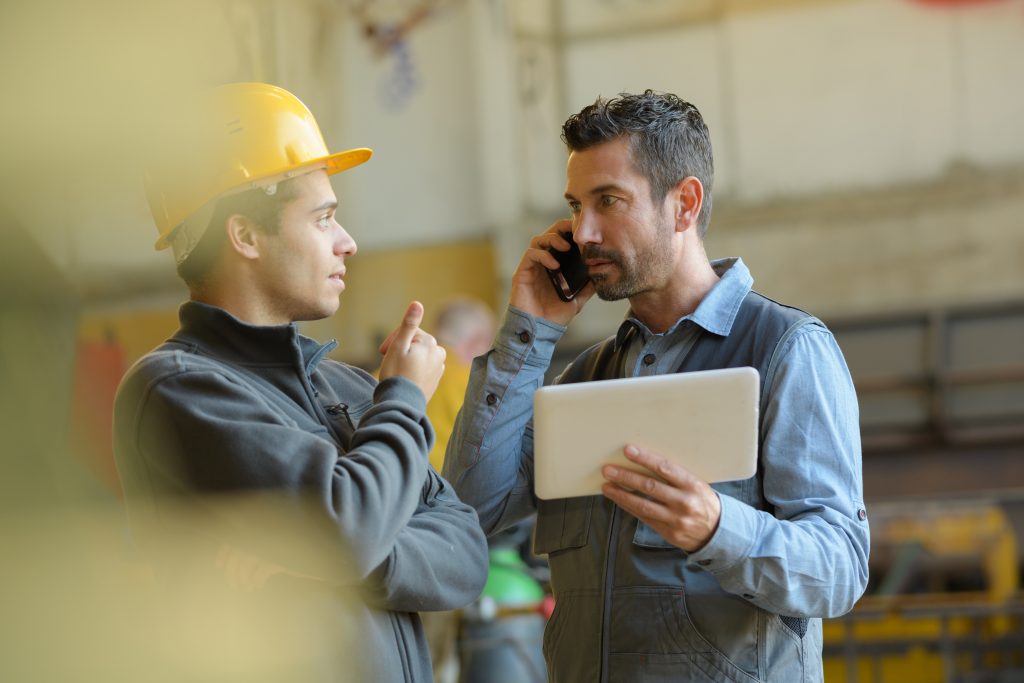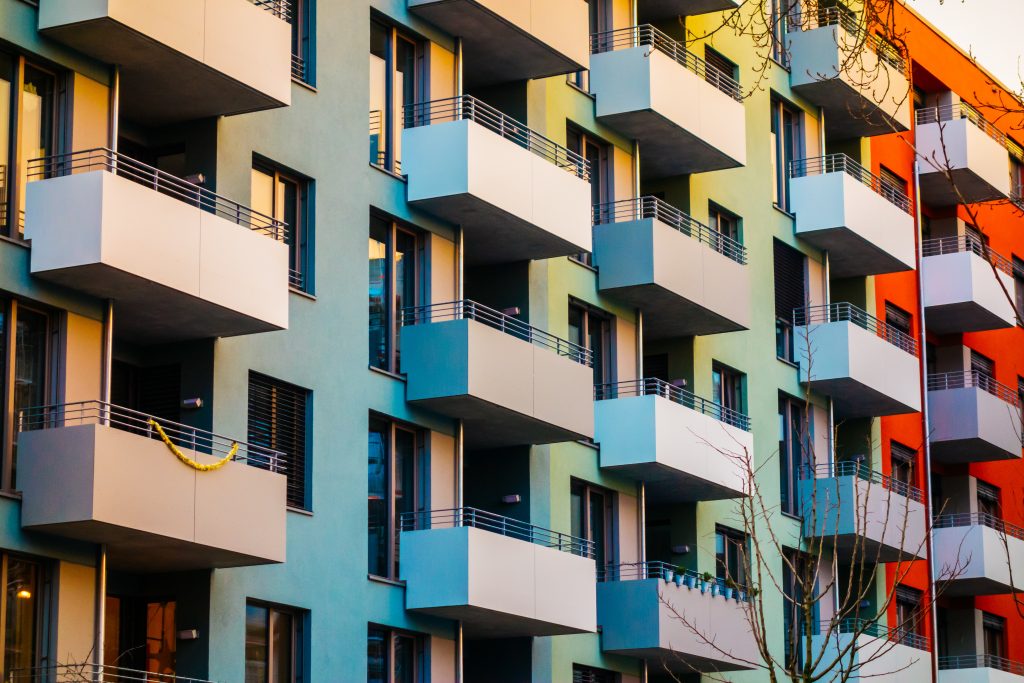Retrofit literally means to add a component to something that it did not have when it was first created. It is the addition of new technology to an older system. Retrofits are undertaken for several reasons, but in an energy efficiency context they are an important aspect of climate change mitigation. Importantly for the property owner or tenant, retrofitting makes your energy bills cheaper. Retrofits increase building efficiency by reducing the heat loss from a property, reducing running costs, and protecting the building against cold and wet weather. Retrofitting buildings can range from fitting energy efficient lighting to the installation of brand new central heating systems.
What are the benefits of retrofitting a building?
Retrofitting homes can benefit both the occupants and the environment. Let’s focus on the former first.

People
We are currently in a global energy crisis which began in the aftermath of the coronavirus pandemic. The majority of countries on Earth are experiencing both shortages and increased prices of oil, gas, and electricity. The energy crisis was accelerated due to the pandemic and the Russian invasion of Ukraine. According to environmental think tank E3G, the UK has the “oldest, most poorly insulated housing stock in western Europe, and over 85% of our homes are connected to the gas grid – leaving UK families sharply exposed to the volatility of international gas markets.”
Older buildings are often not energy efficient. Additionally, when the Energy Efficiency Infrastructure Group found that “a national retrofit programme would sustain a GDP increase of 0.75% to 2040 and support 190,000 jobs”, retrofitting homes is clearly important to boost the economy in the UK.
Retrofitting measures such as improved insulation or draught proofing will cause occupants to be less likely to turn on their heating systems, and therefore save money. Retrofitting reduces energy bills as the more energy efficient your property is, the cheaper it is to run. The British housing stock is amongst the oldest in Europe. The majority of UK homes were built long before the introduction of energy performance regulation. The minimum EPC rating to let a property in the UK is still currently an E, but this only became the law in 2018. Partly due to this lack of regulation, UK homes are cold, prone to damp and mould, and inefficient. Retrofitting is proven to cut energy costs for householders. On the Energy Saving Trust’s website, each energy saving retrofit measure is outlined with exactly how much you could save on energy bills per year for your property type. Loft insulation is here for example. For the average house in England, a 3 bed semi, the savings would be £355 a year.
Cold homes are also proven to increase health risks. A report from The Lancet Planetary Health journal published in January 2023 found that increased energy efficiency in homes is directly correlated to better health and living longer. We need 75% of homes in the UK retrofitted with loft, floor, and wall insulation by 2030 to reduce health risks. Net zero policies for home upgrades such as insulation would significantly cut mortality in England and Wales by 2050.

Environment
In the UK collectively, the buildings we live in are responsible for around 21 per cent of carbon emissions. This means that every home needs to reduce its need for energy in the first place. This requires a whole-house approach where the building fabric is upgraded before the heating system. Upgrading insulation of homes can lead to lower spends on fuel costs to heat your home, and using less fossil fuel or electricity reduces your carbon footprint and the Earth’s carbon emissions.
Retrofitting is a vital part of global warming prevention. According to Trustmark “Our homes use 35% of all the energy in the UK and emit 20% of the carbon dioxide emissions”.
The Climate Change Act set a target for the UK to reduce its emissions to net zero by 2050. Since 47% of the UK’s carbon emissions are generated or influenced by the construction industry, and it is thought over half of the housing we will occupy in 2050 has already been built, retrofitting is essential.
What does net zero mean?
In 2019, the UK became the first major economy to pass net zero emissions regulations. This is the law in the UK.
Net zero can be achieved by balancing emissions of carbon dioxide with its removal from our atmosphere. Any emissions created are balanced (cancelled out) by taking out the same amount. Net zero is also referred to as carbon neutrality. Although the term “carbon neutral” is used, a carbon footprint includes other greenhouse gases which heat up our atmosphere and contribute to global warming, such as methane. The term net zero is increasingly used to describe an all encompassing commitment to the prevention of climate change.
So what retrofitting measures can help us reach net zero?
Retrofitting should involve applying a whole-house process. The following measures can be combined if suitable to increase the energy efficiency of a property as much as possible:
Cavity wall insulation
Internal wall insulation
External wall insulation
Loft insulation/ room in roof insulation
Underfloor insulation
Triple glazing and draught proofing of windows
LED lighting
Condensing boilers
Heating controls and smart controls
Solar panels
Solar thermal heating
Air source heat pumps/ ground source heat pumps

Retrofit jobs
According to the Retrofit Academy, reaching net zero will require 1.8 homes per minute across the UK to be retrofitted. Builders will have to upskill and 400,000 new entrants will need to join the sector to meet the target. People currently working in the industry can gain qualifications via The Retrofit Academy and the Green Register.

Retrofit standards
In the UK, the document “PAS2035” sets the standard for retrofit in homes. Many funding schemes such as ECO4 require retrofit to be completed in compliance with PAS2035 and projects will need to be supported by retrofit coordinators and retrofit assessors.
Retrofit coordinator
What is a retrofit coordinator?
All retrofit projects must be supervised by retrofit coordinators. Retrofit coordinators oversee the planning of retrofit jobs and ensure they will be within regulations. They are essentially project managers. This role is an option for all professionals in the energy and built environment sectors, such as: surveyors, architects, builders, and installers. The data collected from various assessments is used by the Retrofit Coordinator to formulate a Medium-Term Improvement Plan. This will outline what measures will be installed.
Retrofit assessor
What is a retrofit assessor?
An assessor acts under the retrofit coordinator. They carry out a survey of the property being improved to inform the decision making about what measures should be installed. Their job involves assessing the condition, occupancy, energy consumption, and architectural significance of the building in line with the PAS. PAS stands for Publicly Available Specification. From 30th June 2021, compliance with PAS 2035 and PAS 2030 became mandatory for all companies installing Energy Efficiency Measures.
What is the difference between retrofit and renovation?
Sometimes retrofit, renovate, and refurbish are used interchangeably but they do have different meanings.
• Retrofitting means to provide a building with a feature which was not fitted when it was first constructed. Retrofitting is more associated with energy efficiency than refurbs or renovations.
• Refurbishment mainly refers to decor and cosmetic changes to a property. This word isn’t used to describe any major alterations.
• Renovation is the process of returning something to a good state of repair. It is used when a house or room is being modernised or when adding an extension.

The future of retrofit
Energiesprong
Government initiatives in other countries, such as the Netherland’s Energiesprong, demonstrate how it is possible to coordinate large scale retrofits. Energiesprong’s English translation means “energy jump”. The Dutch government helped launch the nonprofit company a decade ago. The goal is to make homes net zero, which means that solar panels generate enough energy to equal the power that the house uses for heating, hot water, and electrical appliances. In the Dutch city of Utrecht, an Energiesprong project saw the energy use of retrofitted homes drop by around 78%. The remaining energy use is covered by the solar panels.
Energiesprong has branched to several other European countries, including the UK. The UK is scaling the Energiesprong model for whole-house refurbishment and new builds. Homes are fully insulated and fitted with solar panels creating warmer, greener, and cheaper to run properties. 5000 homes have already been retrofitted in the Netherlands and 130 in the UK. Energiesprong UK is currently only retrofitting social housing, but it has plans to move into the private sector. The company is currently asking for the UK government to implement plans for mass retrofits. The retrofit industry has been calling for a long-term funding policy in the UK for years. This would alleviate fuel poverty and help us to reach net zero by 2050.
